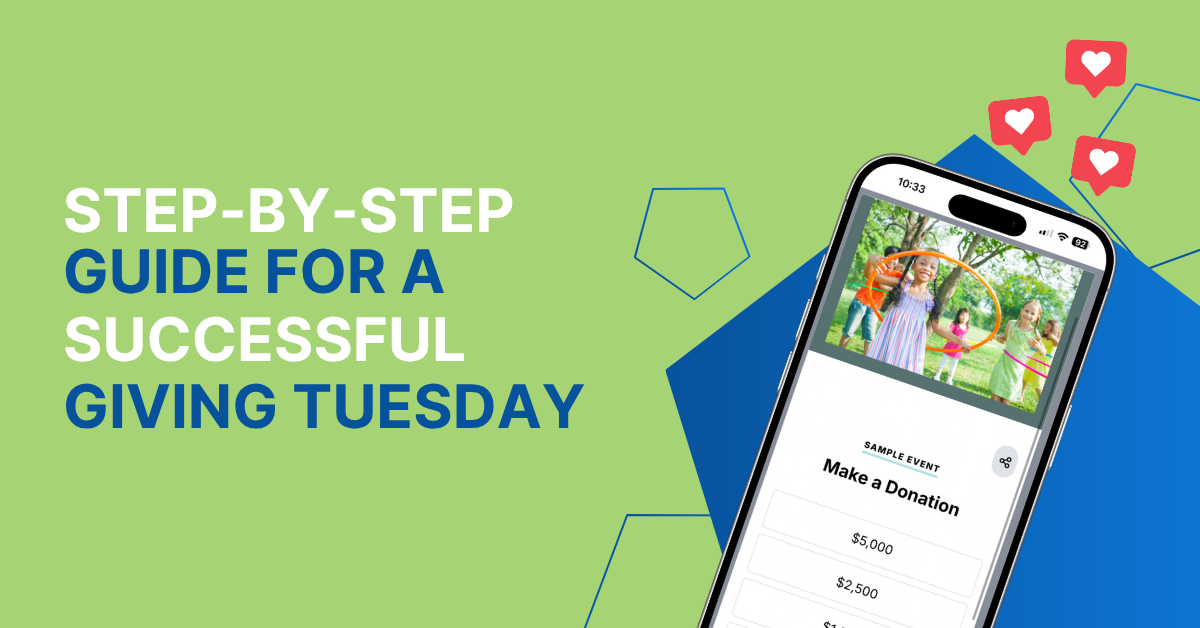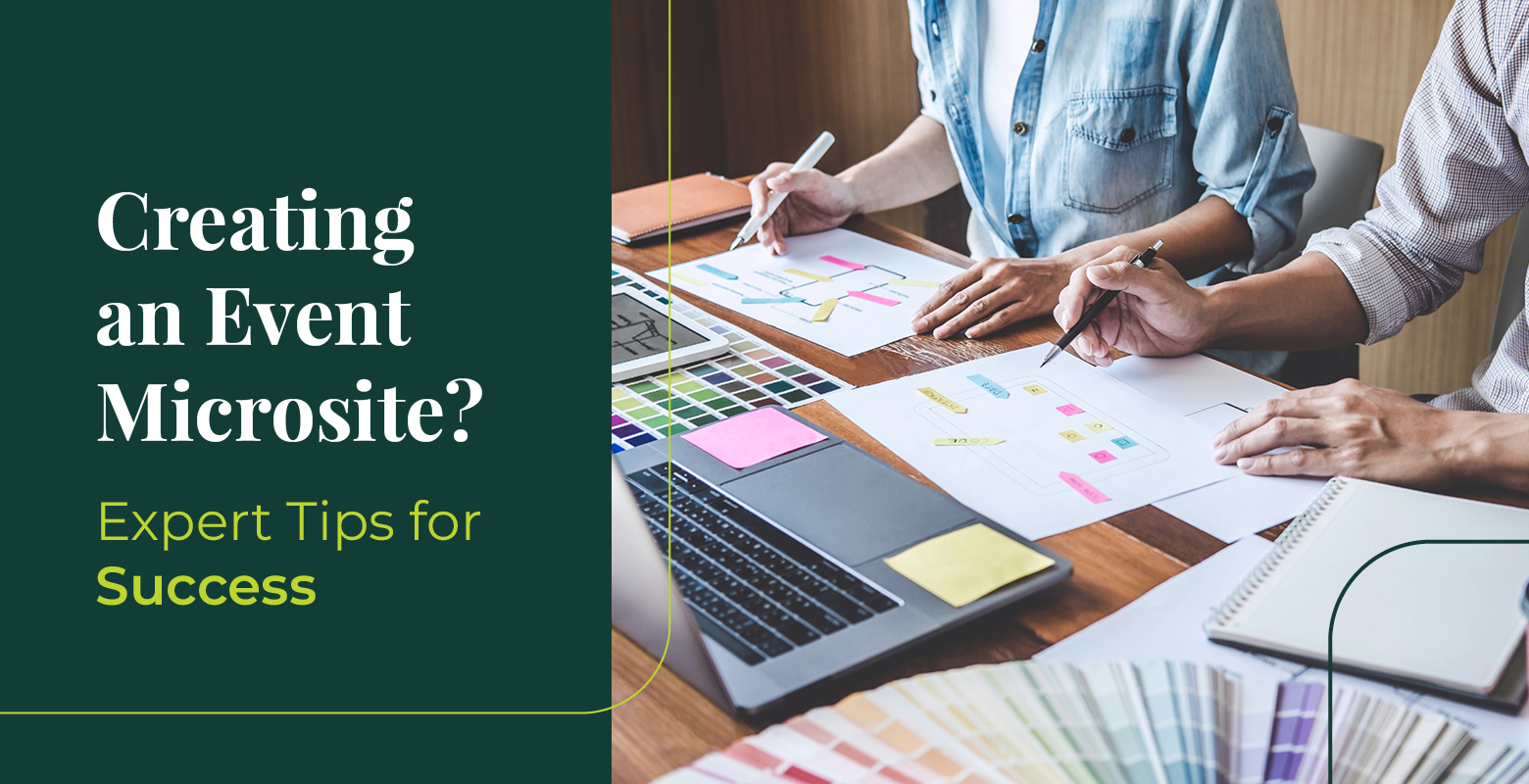
Donor Recognition Ideas: 5 Ways to Thank Your Supporters After Fundraising Events
November 8, 2024Events are a crucial part of your nonprofit’s outreach. After all the planning, marketing, and logistical work that goes into executing a successful fundraiser, you still need a post-event plan to retain donor support. There are plenty of donor recognition ideas that emphasize their impact, conveying your appreciation, and encouraging them to return for future events. In this blog, the ClickBid experts share five of our favorite follow-up strategies.
Why to Invest in Donor Appreciation Efforts
Too often, nonprofits focus heavily on the preparation and execution of events but overlook the importance of what comes next: expressing gratitude, keeping donors informed, and nurturing their connection to the cause. Here are some key reasons to follow up:
- Loyalty: Using these donor recognition ideas can help donors who feel appreciated and valued, making them more likely to become long-term supporters.
- Interest: After an event, donors are still enthusiastic and connected to the cause, making it an ideal time to engage them further.
- Giving: Donors who receive timely, sincere follow-up communications are more likely to give again.
- Community: When your nonprofit invests in meaningful donor relationships, you’re not only raising funds from individuals—but you’re also building a community of advocates.
- Feedback: Refine future events by asking for feedback on the event experience, your organization’s communication, or other aspects of donor involvement.
Donor Recognition Ideas for Post-event Engagement
How exactly do you communicate donor appreciation? There are a lot of options—and we know you’ve got a lot of other tasks on your plate. But it’s important to dedicate time to research donor recognition ideas and implement the ones that will resonate most with your supporters.
#1. Use Donor Data for Personalized Communications
Before and during a fundraising event, you and your nonprofit staff members learn more about donors. Whether information is provided through online ticket purchases or in-person conversations, your interactions with donors are a surefire way to learn details that can influence your outreach.
To craft specific and unique donor appreciation messages, consider referencing:
- Demographics: This data can help you recognize the special effort donors went through to support your organization. For example, you might thank a donor for attending your auction on their birthday or for traveling from another state to be there in person.
- Involvement History: Thank a donor for their first-time or continued support. Call out specific anniversaries if they’ve reached an engagement milestone. For example, you might say, “We don’t know if you’ve been counting, but we have—this was the tenth event you’ve attended with us!”
- Employer Information: Tell the donor that you appreciate their participation in your event, especially considering their busy work schedule. For example, a food bank might thank a teacher for all they do for the community’s children by referencing the contributions they make both in the classroom and at the food bank.
Leverage your fundraising software, such as ClickBid’s robust platform, to organize and store donor data. Our platform helps you maintain data hygiene, updating old data, removing irrelevant data, and adding useful information fields. That way, when you need to know something about your supporters, it’s easy to find.
#2. Quickly Send a Simple Thank-you Message
Thanking donors is a crucial part of making them feel recognized and appreciated by your nonprofit. The key is to follow up immediately after the event through the channels that will most effectively reach your supporters, such as:
- eCard: Send a digital greeting card via email to thank donors for their support and invite them to get involved with your organization in other ways. Consider embedding a memorable video from leadership, staff, volunteers, or those impacted by the donations thanking your supporters.
- Direct Mail: A letter or handwritten card with a short message can be an especially meaningful way to show donor appreciation. If you send direct mail, consider sending out the cards ahead of time so that they reach your supporters soon after the event.
- Phone Call: Give donors a quick call to say thank you and let them know about any other upcoming events or opportunities. Recruit several staff members to make these calls the day after the event to make sure every donor is contacted as soon as possible.
Different communication methods will be effective for reaching different donors. For example, an older supporter might check the mail every day but not their text messages. When you follow up using a channel the donor prefers, you’ll re-engage them after your event by showing that your nonprofit pays attention to and cares about each donor.
#3. Share an Event Recap
You can help your donors better understand the impact of their participation and contributions by giving them a behind-the-scenes look at your nonprofit’s work. Use the data collected from your event management software to give supporters a recap. For example, you might share:
- The dollar amount of money raised
- A percentage comparison of money raised at this event vs. a previous event
- The total number of attendees or participants
- The highest dollar amount contributed
- The number of total donations
- The number of event volunteers
This data is automatically collected throughout your virtual, hybrid, or in-person event by ClickBid’s fundraising software, making it easy to access, export, and turn into compelling infographics that illustrate the impact of the numbers.
Don’t forget to make the connection between donations made at your fundraising event and your nonprofit’s overall goal. When donors see that their participation in your event resulted in a big contribution to the community, they’ll feel even more appreciated and needed. For example, if you share that the proceeds collected from your auction paid for the expansion of your county’s animal shelter, donors will feel that they directly supported those animals.
#4. Send Surveys to Gather Event Feedback
The conclusion of an event is not merely the end, but rather, the beginning of your next fundraiser. Prepare for your next event by asking for donor feedback.
For example, a post-event survey might ask the following questions:
- How did you hear about our event?
- Would you have rather attended the event virtually/in person?
- How easy or difficult was it for you to register for our event?
- If you could add one thing to our event, what would it be?
- Were there any aspects of the event that you would change?
- What is one good memory you’ll take away from this event?
You could also consider sending out a pre-event survey. Paired with a post-event survey, the data can help you compare donors’ impressions of your nonprofit before the event and afterward to gather ideas for what you should stop, start, and continue doing. Most importantly, soliciting this feedback is another way to show genuine donor recognition.
#5. Show Donor Appreciation on Social Media
Social media is a powerful and versatile tool for nonprofits to engage with donors following a fundraiser. It offers a unique way to publicly recognize supporters, build excitement around the event's impact, and strengthen the community of people who believe in the cause. Here are a few ways nonprofits can leverage social media for effective donor recognition:
- Thank-you Post: A simple, heartfelt thank-you post can go a long way. By tagging top supporters (with their permission) and acknowledging their contributions, your community of supporters will feel more connected and proud to be involved.
- Behind-the-Scenes Moments: Photos, videos, and testimonials from the fundraiser allow donors to relive the event and feel recognized. Highlighting specific moments, such as speeches, volunteer efforts, or group photos of attendees, creates a sense of belonging.
- Interactive Content: Use polls, Q&A sessions, live updates, or live streams during or after the event to keep donors engaged. Asking for feedback on your event through polls or comments is another way to make donors feel valued and involved.
Use social media follow-up to encourage donors to stay engaged, whether through future events, volunteer opportunities, or joining mailing lists for updates. Sharing posts about upcoming opportunities shows that the nonprofit values their ongoing involvement and reinforces that they are part of a dedicated community.
Inspired by These Donor Recognition Ideas?
Now it’s time to put them into action! After all, your fundraising event itself is not the finish line. To successfully engage donors, nonprofits need to also take follow-up into account to build lasting relationships with supporters. ClickBid’s fundraising software can help you take your donor recognition ideas to the next level. Contact us to get a free demo!
Get The Latest Updates
Subscribe To Our Monthly Newsletter
No spam, notifications only about new products, updates.
Become a subscriber
Subscribe to our blog and get the latest updates straight to your inbox.

